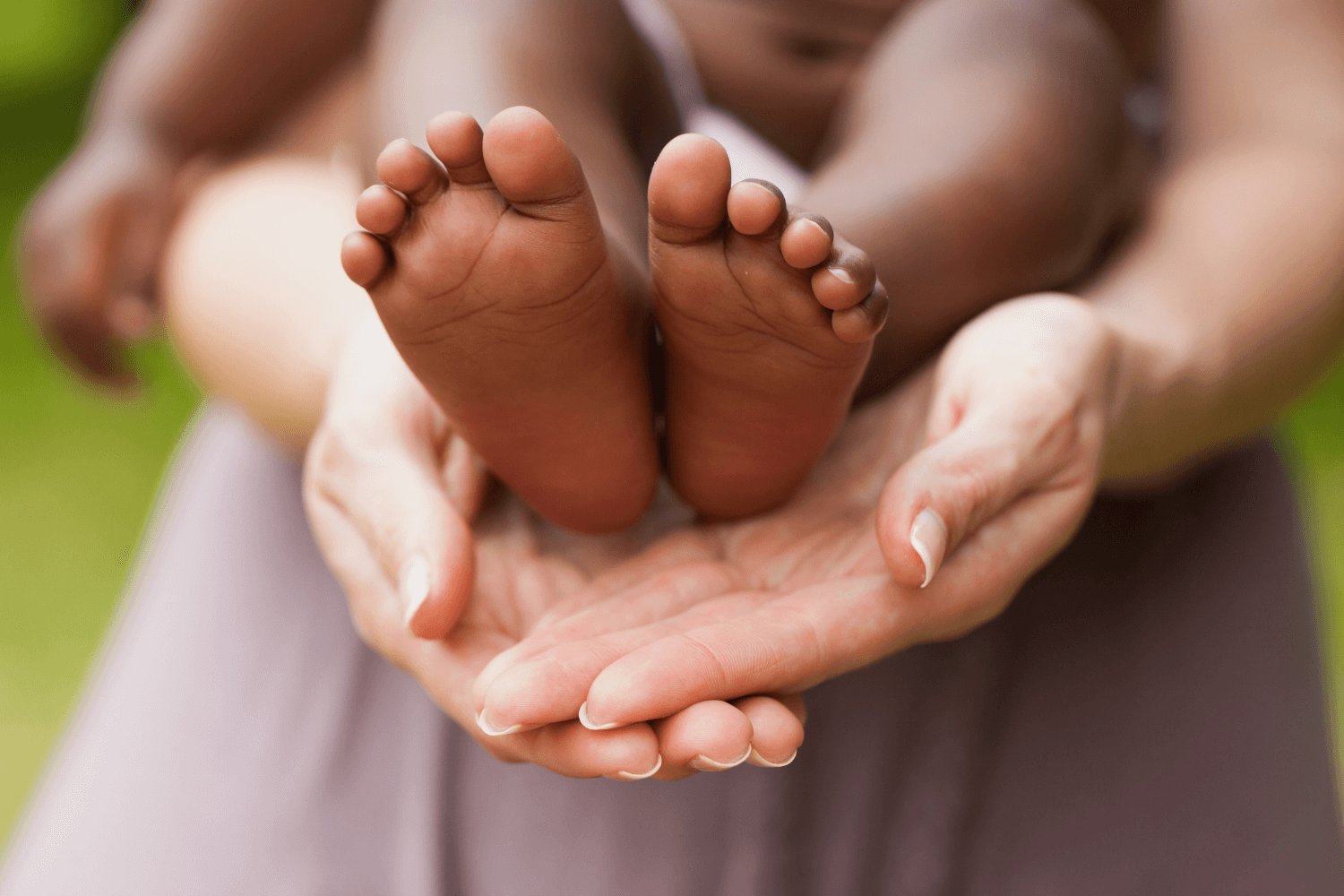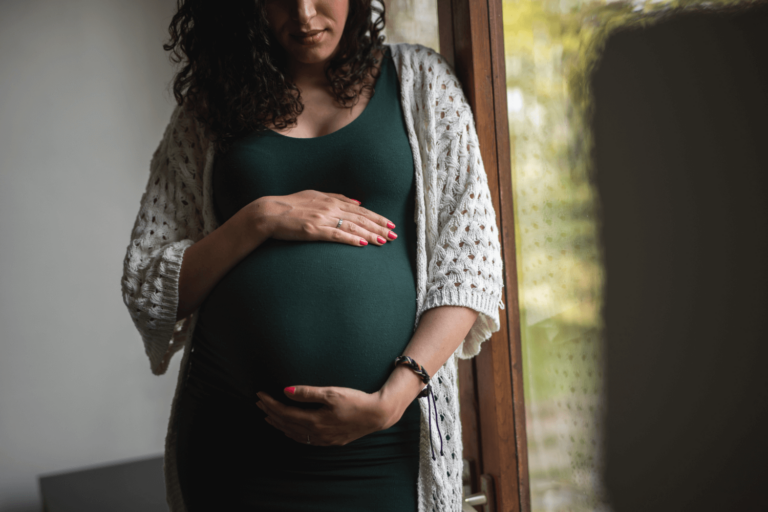Adoption and guardianship are two legal processes designed to provide care and stability for children who cannot remain with their biological parents. While both arrangements focus on the well-being of the child, they differ significantly in terms of legal responsibilities, permanency, and the rights of biological parents. Understanding these differences is crucial for families considering either option.
What Is Adoption?
Adoption is a permanent legal process in which an individual or couple becomes the legal parent(s) of a child. Once finalized, adoption severs the legal ties between the child and their biological parents. The adoptive parents assume all rights and responsibilities as if the child were their biological offspring.
Types of Adoption
There are various types of adoption:
- Open adoption – Children know and have contact with their biological parents
- Closed adoption – Children may not know or have any contact with their biological parents
Adoption is often chosen for children whose biological parents are unable or unwilling to provide care, or when a stepparent wants to solidify their role in a blended family. Adoption is a willing action.
Adoptive parents are typically responsible for all financial needs of the child, as they assume full parental rights and responsibilities. In some cases, adoptive families may receive financial assistance or subsidies, especially if they adopt through the foster care system.
What Is Guardianship?
Guardianship is a legal arrangement in which a designated guardian assumes responsibility for a child’s care and decision-making. Unlike adoption, guardianship does not terminate the legal relationship between the child and their biological parents.
Temporary vs. Permanent Guardianship
Guardianship can be temporary or flexible but may also last until the child turns 18. It is commonly pursued when biological parents face challenges such as illness, incarceration, or financial instability but wish to maintain a connection with their child.
Financial and Legal Considerations
Guardians may receive financial support from biological parents or state assistance programs. For example, guardianship subsidies may be available for caregiving, especially when established through the child welfare system.
Adoption vs. Guardianship: Key Differences
While both arrangements focus on a child’s well-being, the differences between adoption and guardianship are significant:
- Permanency: Adoption is permanent, while guardianship is often temporary or flexible.
- Legal Relationship: Adoption severs the child’s legal ties with biological parents, whereas guardianship allows these ties to remain intact.
- Parental Rights: Adoptive parents assume full parental rights, while guardians often share decision-making responsibilities with biological parents.
Which Option Is Right for You?
Choosing between adoption and guardianship depends on several factors, including the child’s needs, the biological parents’ circumstances, and the intentions of the caregivers.
- Adoption is ideal for families seeking to provide a permanent home and assume full parental responsibilities.
- Guardianship is better suited for situations where flexibility is needed, or the biological parents wish to remain involved in the child’s life.
If you’re unsure which option is best for your situation, consult with your local pregnancy center for resources and guidance.




